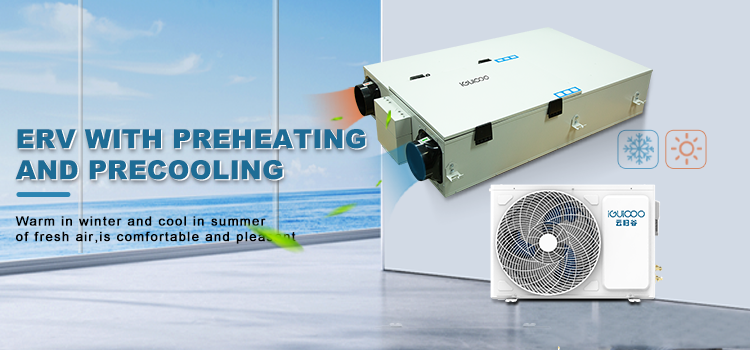In the quest for energy-efficient homes, the question of whether new builds need Mechanical Ventilation with Heat Recovery (MVHR) systems is increasingly relevant. MVHR, also known as heat recovery ventilation, has emerged as a cornerstone of sustainable construction, offering a smart solution to balancing indoor air quality and energy conservation. But why is this technology so critical for modern homes?
First, let’s understand what MVHR entails. At its core, MVHR systems use a device called a recuperator to transfer heat from outgoing stale air to incoming fresh air. This recuperator ensures that up to 95% of the heat is retained, drastically reducing the need for additional heating. In new builds, where insulation standards are high and airtightness is prioritized, MVHR becomes indispensable. Without it, moisture buildup, condensation, and poor air quality can compromise both the structure and the health of its occupants.
One might wonder if natural ventilation could suffice. However, in tightly sealed new builds, relying solely on opening windows is inefficient, especially in colder climates. MVHR provides a consistent supply of fresh air while maintaining warmth, making it a year-round necessity. The recuperator within the MVHR unit works tirelessly, even when windows remain closed, ensuring that energy isn’t wasted.
Moreover, the benefits extend beyond energy savings. MVHR systems contribute to a healthier living environment by filtering out pollutants, allergens, and odors. For families, this means fewer respiratory issues and greater comfort. The recuperator’s role in this process cannot be overstated—it’s the heart of the system, enabling heat recovery ventilation to function seamlessly.
Critics may argue that the initial cost of installing MVHR is prohibitive. Yet, when viewed as a long-term investment, the savings on heating bills and potential avoidance of costly structural repairs due to dampness quickly offset the upfront expense. Additionally, with building regulations pushing toward net-zero carbon targets, MVHR is no longer optional but a requirement for compliance in many regions.
In conclusion, new builds undoubtedly benefit from MVHR systems. The recuperator’s ability to reclaim heat, coupled with the system’s role in ensuring optimal air quality, makes it a vital component of modern construction. As we strive to create homes that are both eco-friendly and livable, heat recovery ventilation stands out as a non-negotiable feature. For builders and homeowners alike, embracing MVHR is a step toward a sustainable, comfortable future.
Post time: Sep-16-2025







